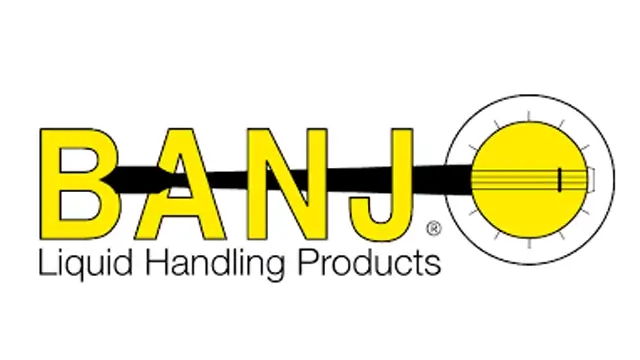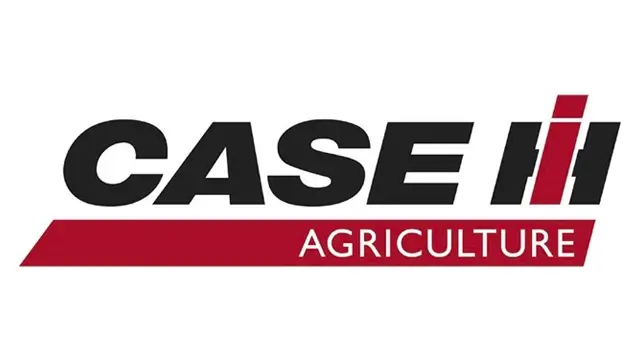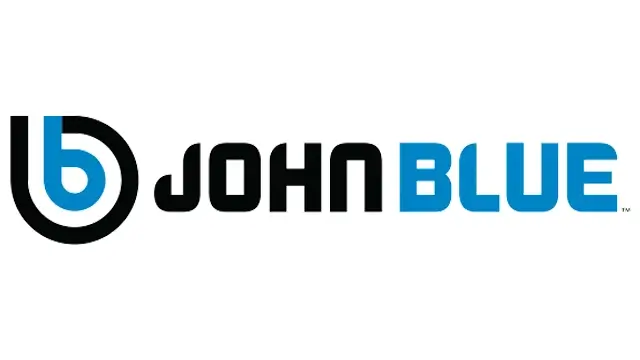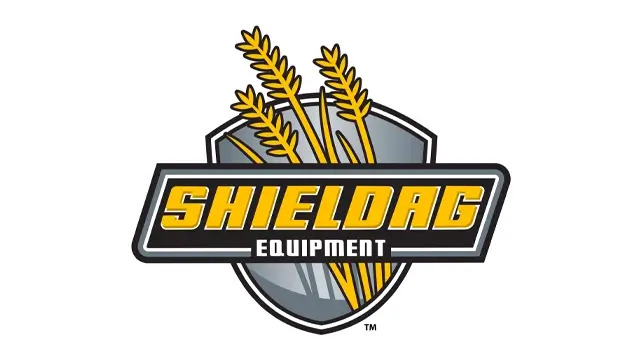Our experts are standing by to get you ready for this season’s demands.
With over 40 years of experience, Brothers has been committed to finding innovative products and technology that increases your yield and profits, by providing equipment from a variety manufacturers to meet your specific application needs.
Ask the Experts
The team at Brothers knows spreaders, tenders, spraying equipment, and all the parts that make them work. Here are a few questions that come up often. Do you have a question we can answer? Email us or call 800-228-4582.
Most likely you have 1 of 2 problems.
- Your flow meter is not sending a signal to the controller or the signal is being blocked for some reason. A bad wire or wire connection from the flow meter to the controller. The controller knows you are not reaching your application rate (it says zero), so the control valve continues to open more and more until it is all the way open. The control valve is opening in an attempt to reach your programmed application rate.
- The other most likely reason is that there is a programming error in your rate controller. If you enter an incorrect speed calibration, flow calibration, or width calibration. For example, if you entered 4500 in as your applicator width when it was supposed to be 450 (easy common error). The controller would think the applicator was 375 ft wide instead of 32.5 ft. The system could never flow enough product to reach even 1 pound of NH3 to the acre with a 375 ft. wide applicator. It would however try and this would give high rates with no application rate displayed.
No, you cannot really test the rate controller without product actually flowing through it. However, you can test your valves and your speed input by just doing a couple of simple tests. If you open your control valve by using your manual control switch you can test to see if the control valve works and you can also do this similar test with any of the on/off electric valves you have in the system. Then by driving the tractor with the applicator attached around your yard or nearby field you can make sure your controller is displaying speed. If you do these things you can be assured that the control valve, speed, and on/off valves should work before you attach a tank to your applicator.














